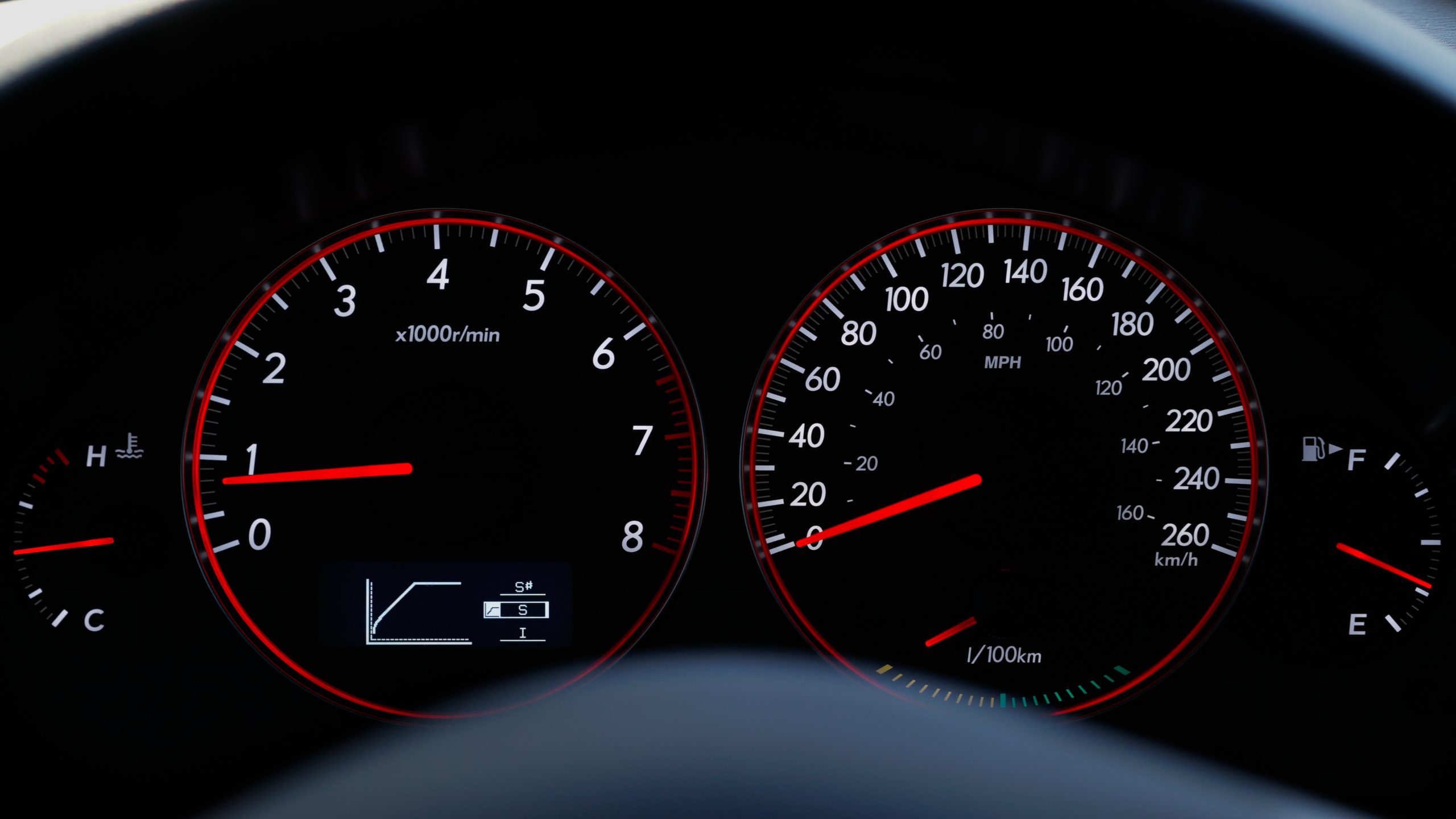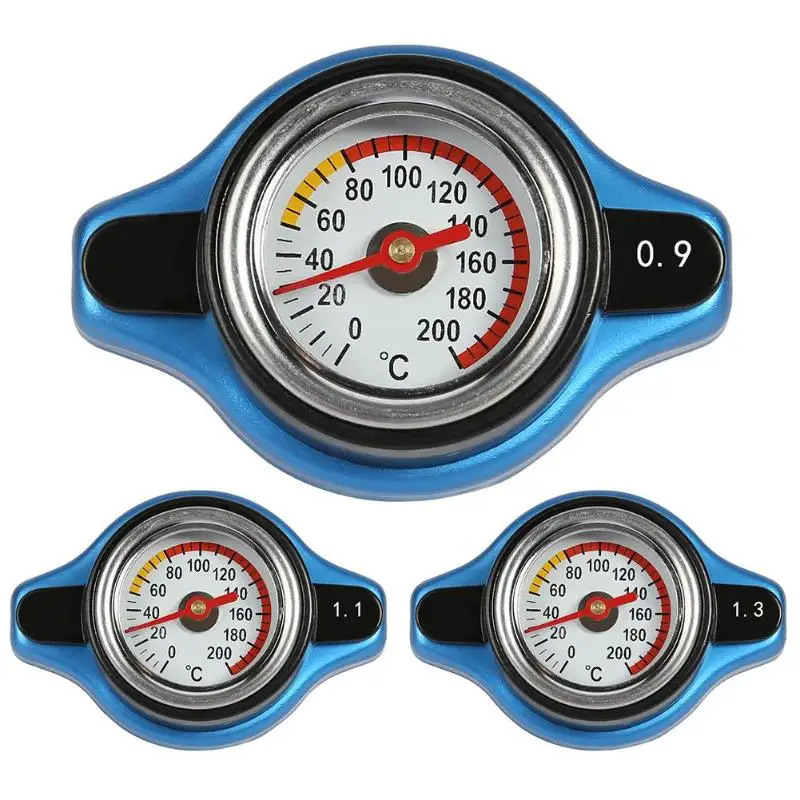
The temperature gauges are an essential indicator for all vehicles. So crucial that not paying attention to its reading can crash down your car or may lead to accidents. Yes, that’s true. Today, in this article, we shall discover the essential things we must know about our car’s temperature gauge. It is a critical dial that tells the health of the vehicle. By paying attention to the readings, you shall be able to maintain the health of your car. It may also keep you away from any potential costly damages to the vehicle due to overheating.
While some cars’ gauges read out the exact temperature of the engine coolant in digits, some vehicles have the conventional dial that moves on the spectrum having H (hot) at one end, and C (cold) on another. The reader would reflect either if these three – High/Hot, Low/Cold, the safe temperature in-between.

Normal Engine Temperature –
The ideal average temperature of the engine should range somewhere from 90 degrees Celsius to 105 degrees Celsius. The needle of the gauge must point towards the healthy zone. A little deflection should not be of concern. However, if the needle starts looking toward the extremes, then you should immediately stop the car and check. On some days, when it is too hot outside and the A/C is in full use inside the car, the needle may point towards higher temperatures. But, it would be best if you only were alarmed when the temperature starts rising while you are driving.
Low Engine Temperature –
There are a couple of reasons why the gauge may read the low temperature. Generally, the engine warms up slowly a few minutes after you start driving. However, if the indicator still reads/points at a cold temperature for the vehicle after a few minutes of driving, the thermostat of the car has a problem. In such a case, replace the thermostat. The thermostat, in this case, would be stuck open. The result of it is low engine temperature. One should visit a garage or workshop for thermostat replacement.

High Engine Temperature –
Sometimes, the overheating of the vehicle engine happens. In this case, one must stop the car and seeks professional help immediately. When the engine is overheated, driving short distances may also lead to accidents as the engine is overheated. There can be various reasons for the overheating of the engine. One could be that the vehicle must have lost the coolant. One, again, could be the vehicle’s broken thermostat. Another could be the long driving hours. In any case whatsoever, you must stop the car immediately and check for the cause. Once you are sure of it, you must get done a suitable replacement. Water pump or water pump gasket failure can also lead to overheating of the engine and a high rise in temperature. This problem needs to be looked into professionally.

Conclusion –
In case your car or vehicle is overheating, and the gauge indicates the same, make sure to pull over the car on the side of the road immediately. It is very dangerous to drive an overheated vehicle. The next step is to seek help from the mechanic so that you can diagnose the problem.





